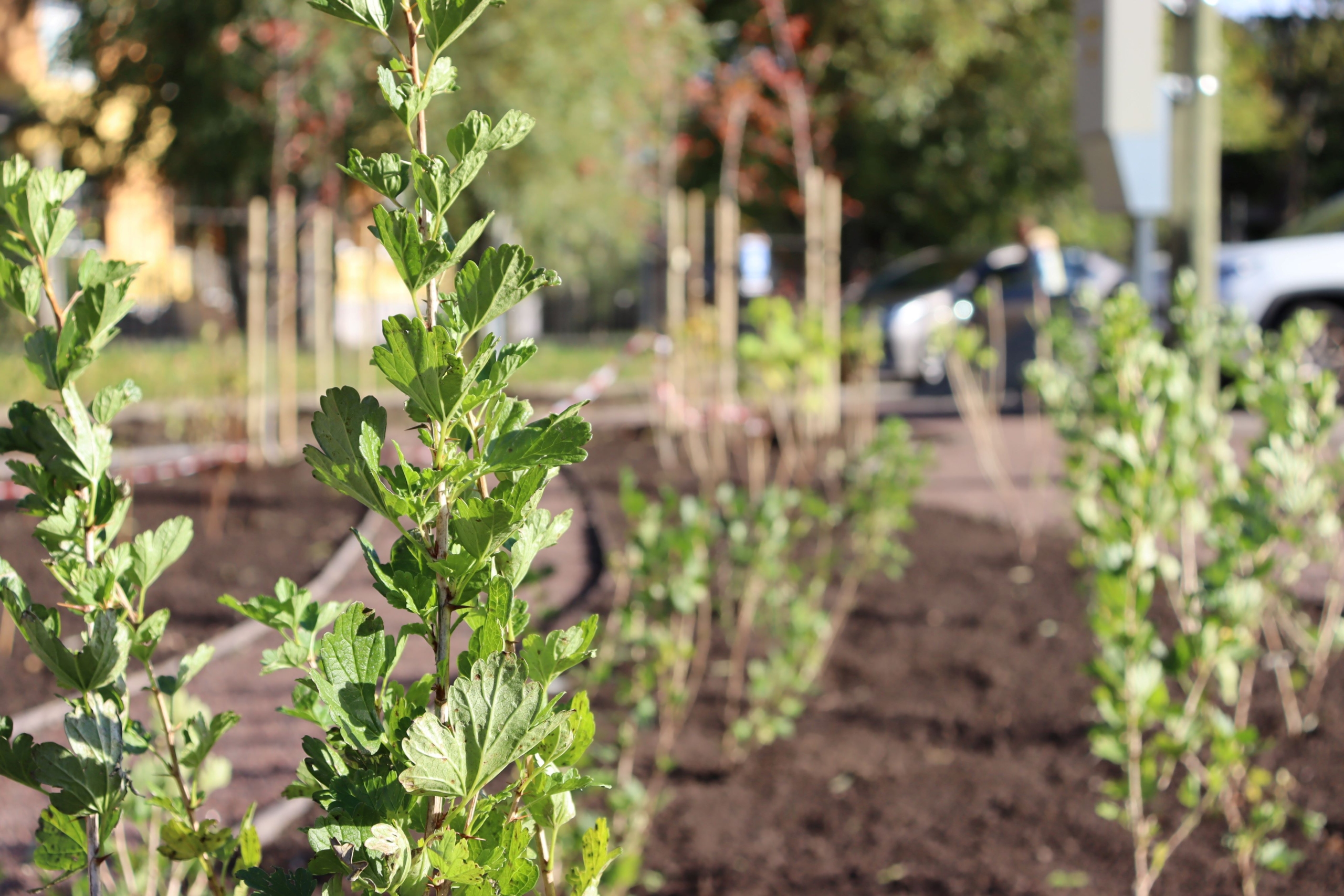Tallinn is creating food meadows in residential areas
In the European Green Capital year, as part of the “Green Tracks” project, Tallinn is creating nine food meadows with fruit trees, berry bushes, and medicinal plants in the city’s residential districts, from which anyone interested can pick fruits, berries, and herbs.
Food meadows are densely planted green areas mainly consisting of edible fruit-bearing plants. Establishing these meadows contributes to several goals of the European Green Capital: increasing biodiversity, improving adaptation to climate change, and enhancing community cohesion.
Food meadows are characterized by their dense planting, which prevents the growth of unwanted plants and allows for the collection of abundant produce from a small area. These plants provide food for both people and wildlife, including birds and pollinators, which in turn enhances urban biodiversity. Additionally, food meadows increase landscape diversity, reduce the urban heat island effect, and mitigate strong winds.
“Urban agriculture is not just a rapidly growing trend, but a sensible way to provide city dwellers with affordable and healthy food. Furthermore, these meadows have a positive impact on the mental health of urban residents by offering a nearby opportunity to enjoy nature,” said Deputy Mayor Vladimir Svet. He added that initiatives like these demonstrate that the work carried out during the European Green Capital year will continue to enrich the city in the future.
“One cannot overlook climate change and the accompanying crises, including food crises. In this context, there is increasing discussion in urbanized societies about food security. Food meadows are a small but significant contribution to enhancing food security,” Svet noted.
Primarily, food meadows will be established in city districts with fewer private gardens. The first four food meadows are currently being created on Pae Street in Lasnamäe, Niidi Lane in North Tallinn, Vilde Street and Sõpruse Boulevard in Mustamäe. Additional food meadows will be set up on Tildri Street on the border of Kristiine and Mustamäe, Mahtra Street in Lasnamäe, and Võru Street in Lasnamäe, Sütiste Road in Mustamäe, and Kõrgepinge Street in Haabersti.
Food meadows will not be established in locations where soil samples do not allow for it or where there are large roads nearby or areas with poor air quality. Nonetheless, it is recommended to wash all plants collected from the meadows before consuming them.
The “Green Tracks” project in Tallinn’s European Green Capital includes various activities that focus on improving the quality of urban space and green areas, adding new greenery, and enhancing spatial quality in densely populated areas. The project also supports the development of urban green networks and offers innovative urban spatial solutions. The “Green Tracks” initiative resulted in projects such as the summer park on Raekoja Square, 14 wildflower meadows across the city, and the Jõesuu Street recreational area.
For more information, please contact Hannes Aava, Head of the “Green Tracks” project, at hannes.aava@tallinnlv.ee.


